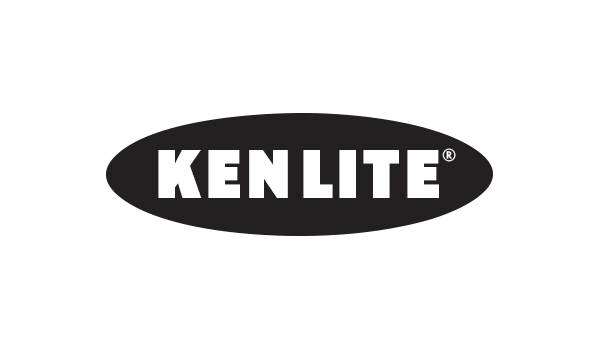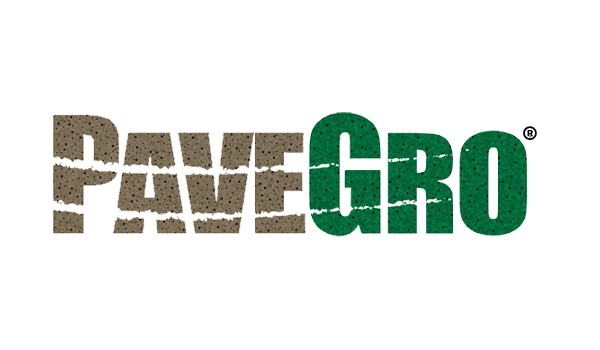FAQs: Lightweight Geotechnical Fills
Jack Moore, P.E., has spent nearly three decades problem-solving in the geotechnical field. After earning his engineering degree at North Carolina State University, he worked as a consultant with a regional civil engineering company, obtaining his Professional Engineering license along the way. Here, Jack answers the most frequently asked questions related to geotechnical applications of lightweight aggregate.
Ask Our Expert: Jack Moore, Geotechnical Applications
Since the raw material is clay, what happens to the lightweight aggregate when it’s exposed to water?
ANSWER: We get that question quite a bit because in the geotechnical world, clayey soils can be problematic and not easily built upon. So when we talk about our raw material being clay, it does cause some questions.
But in this particular case, we’re taking the raw clay that we mine and placing it into a rotary kiln where it’s fired up to around 2000°F. At this temperature, it expands, creating air voids, and the particles change state and become vitrified. Due to this process, they don’t revert back to their original clay state, meaning your embankment or retaining wall structure will not degrade if exposed to water.
What is the in-place density of the lightweight aggregate?
ANSWER: The density can vary based on the source and grading, but generally, we look at loose bulk densities between 35 and 45 pounds per cubic foot. In-place densities are around 45 to 55 pounds per cubic foot.
The density varies with the grading: coarser material is lighter, while finer grading makes it slightly heavier.
Is lightweight aggregate significantly lighter than other fill materials?
ANSWER: Right, and that’s a good point. When comparing it to select fill commonly used in mechanically stabilized earth structures or embankments, select fill is typically around 120 pounds per cubic foot, while our lightweight aggregate is about 50 pounds per cubic foot or less.
It’s generally at least half the weight of conventional fill material, which is significant when addressing settlement concerns and similar issues.
Can conventional compaction equipment be used to achieve desired densities?
ANSWER: Yes, since lightweight aggregate is a granular material, standard earthwork equipment used by a typical grading contractor can be used for compaction.
Our material can be handled, placed, and compacted like ordinary materials. Unlike other lightweight materials, no specialized contractors, crews, or equipment are needed for fill placement.
What is the internal friction angle of Arcosa’s lightweight aggregate?
ANSWER: The internal friction angle is an important geotechnical feature for any fill material, especially for structures needing to resist lateral earth pressure.
Our material generally has a friction angle of around 40 degrees or higher, which is beneficial for stability. This value is used in geotechnical analysis and adds another benefit to the material’s low bulk density.












